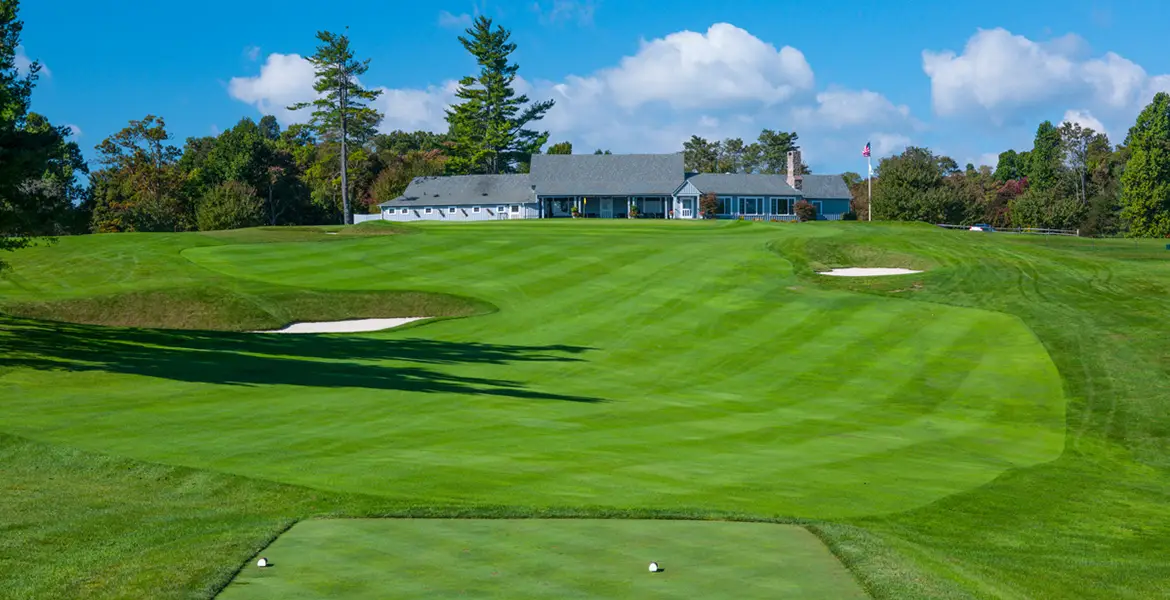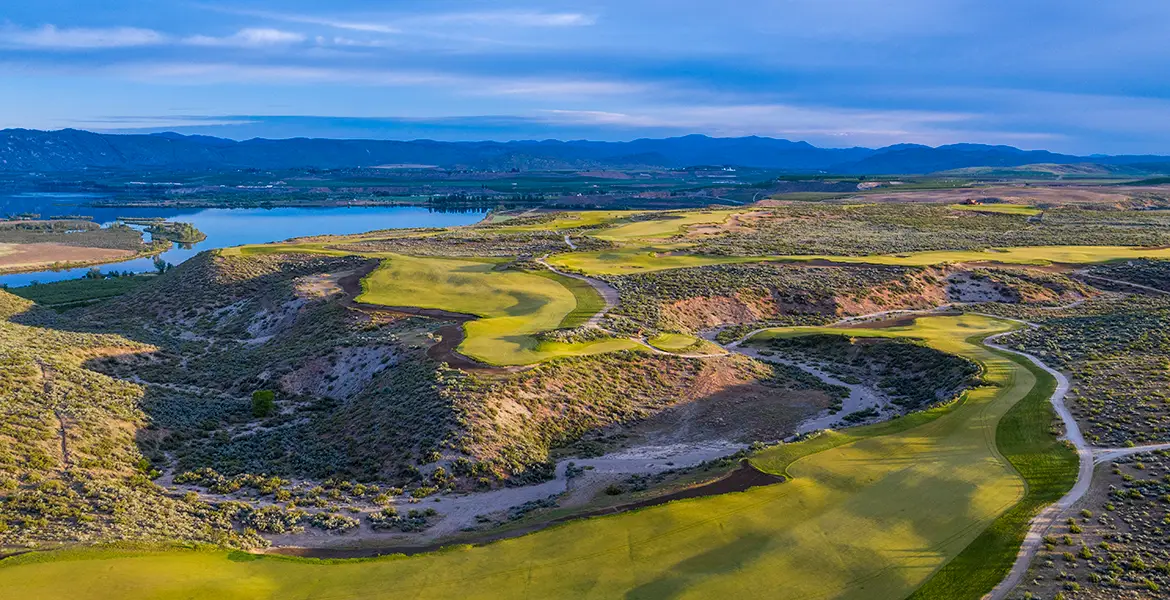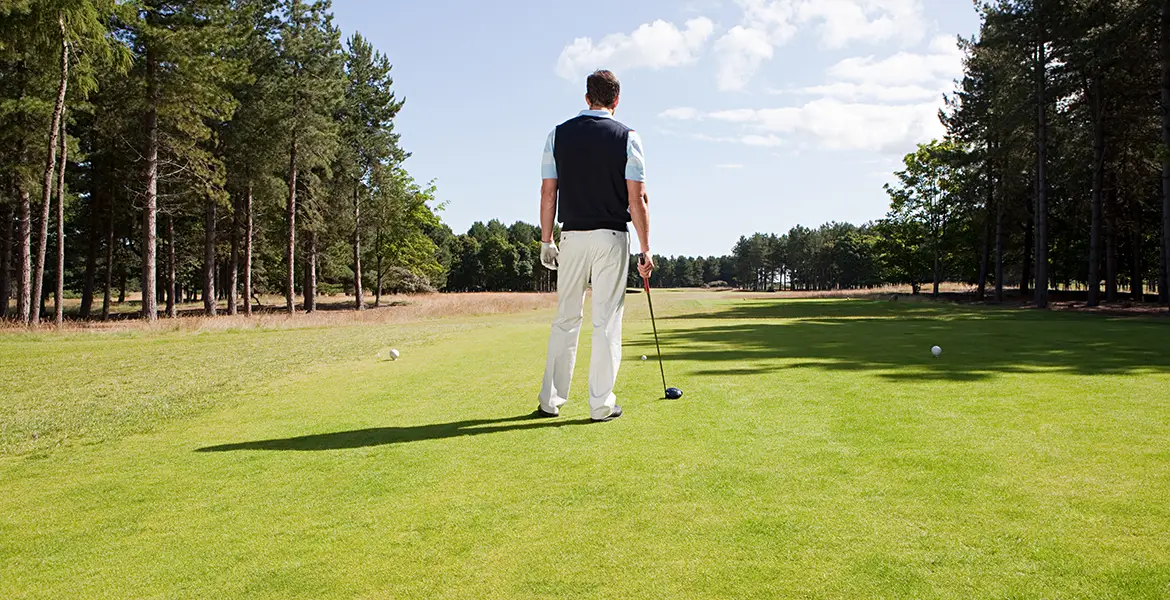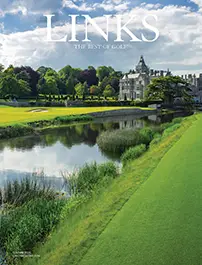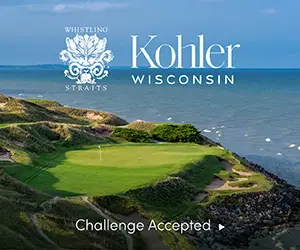Golf in America owes a great deal to this player, architect, promoter, and cowboy
It’s hard to find articles about Alexander H. Findlay, but when you do they nearly all begin by wondering if he—not C.B. Macdonald, John Reid, or someone else—was the true “father of American golf.” There’s a strong case to make for Findlay’s fatherhood; or, perhaps more accurately, he was golf’s crazy uncle.
He was born on a ship crossing the North Sea in 1867, although that date, like many of the “facts” of Findlay’s life, may be open to interpretation. Around age seven, the family moved to Montrose, Scotland, where he learned the game after an eighth-birthday present of three hickory-shafted clubs and a gutta percha ball. He then attended a military school in Ireland, from which he claimed to have introduced that country to golf.
While his feats of propagation are suspect, his skills at golf were unquestioned. Findlay was shooting in the 70s by his mid-teens and, in August 1886, became the first player to record a 72 in an 18-hole competition. So he took the next natural step, emigrating to the U.S. to become… a cowboy.
A family friend from Montrose had recently purchased a ranch in central Nebraska and invited young Findlay to help out. While en route, he arranged for some golf equipment to be shipped to the ranch, and on April 4, 1887—described in one article as “a date Findlay never forgot”—he rode a horse out onto the prairie and struck his first golf shot in America. He then laid out six holes, which some claim was the first course in this country.
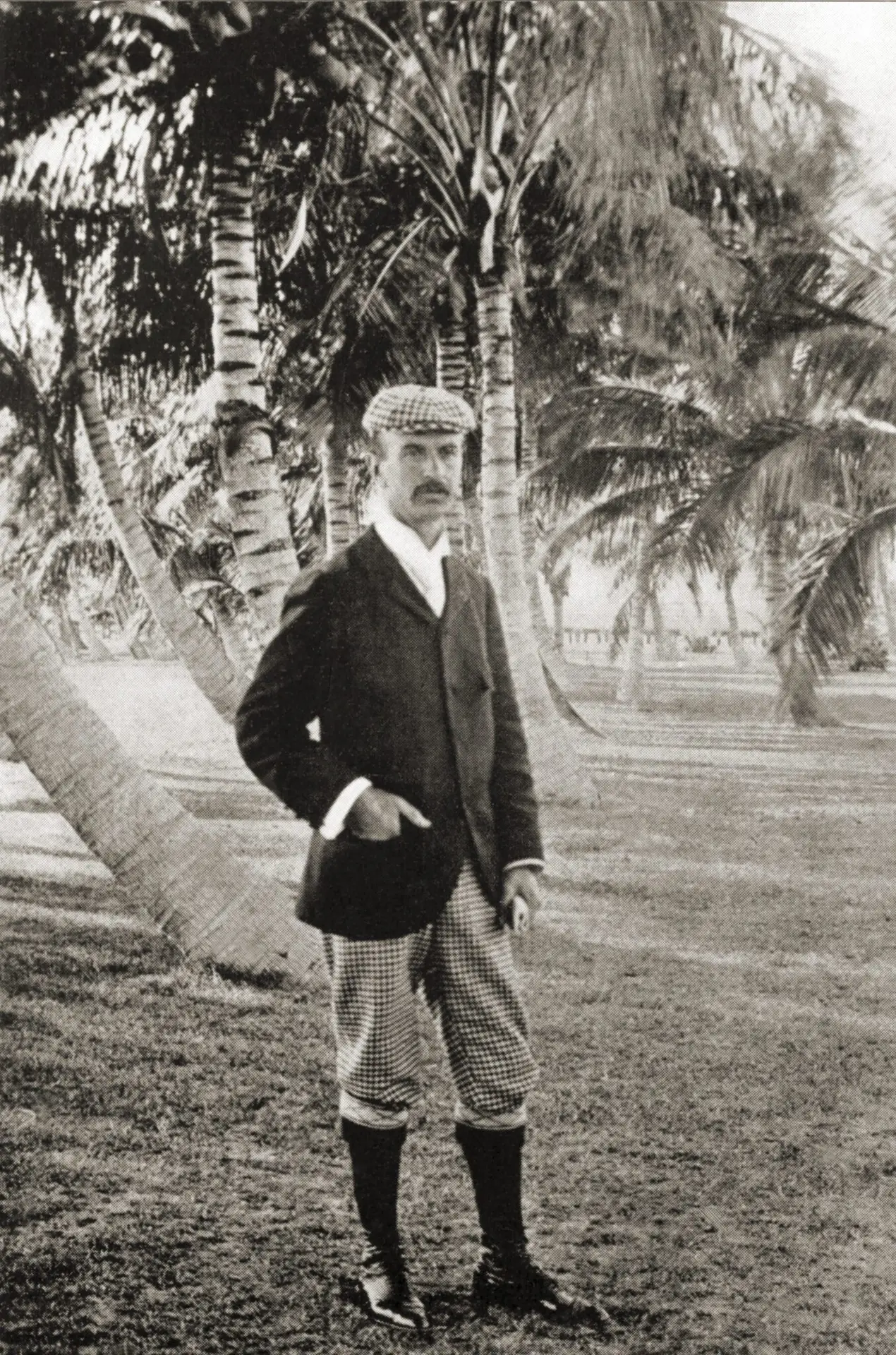
It took a little time, but Findlay (supposedly) got his fellow cowboys to play. Then some townfolk, then a club was formed, and as he told a London newspaper years later, “the first steps to making America a golfing country had been taken… I therefore think I can claim to be the founder of golf in the States.”
After five years and numerous ranching injuries, Findlay moved to Omaha and safer work. A prosperous local family asked him to lay out a golf course on their property, which opened in 1895. Thus began a long career in architecture, which included a number of courses in Florida for Henry Flagler, who was building hotels throughout the state to generate business for his railroad. The first of these was the Palm Beach Golf Club, opened in 1897; now the Ocean Course at The Breakers resort, it was totally redesigned in 2018.
It’s estimated Findlay designed more than 100 courses, but many are long gone or have been significantly altered. Among the best known are Pittsburgh Field Club, the original nine holes at The Greenbrier, and Llanerch Country Club in Pennsylvania. Some sources say he helped design East Lake Golf Club in Atlanta, where a young Bobby Jones first played, but most of the credit there usually goes to Tom Bendelow.
In 1897, Findlay went to work for Wright & Ditson sporting goods, designing golf clubs and acting as a golf ambassador. In that role, he traveled to England in 1899 and convinced Harry Vardon to come to America, where he played in some 90 exhibition matches (including a few against Findlay), won the U.S. Open, and promoted the Vardon Flyer golf ball.
Findlay claimed to have played more than 2,400 courses around the world, was a member of more than 200 (or maybe it was 300), and purportedly tried to convince Pope Pius XI to play golf. (“It was the only thing I ever failed in,” it’s said he said.) But there’s no doubt his 1942 obituary in the Cincinnati Enquirer bore exactly the headline Findlay would have wanted: “Golf Daddy Dies.”


